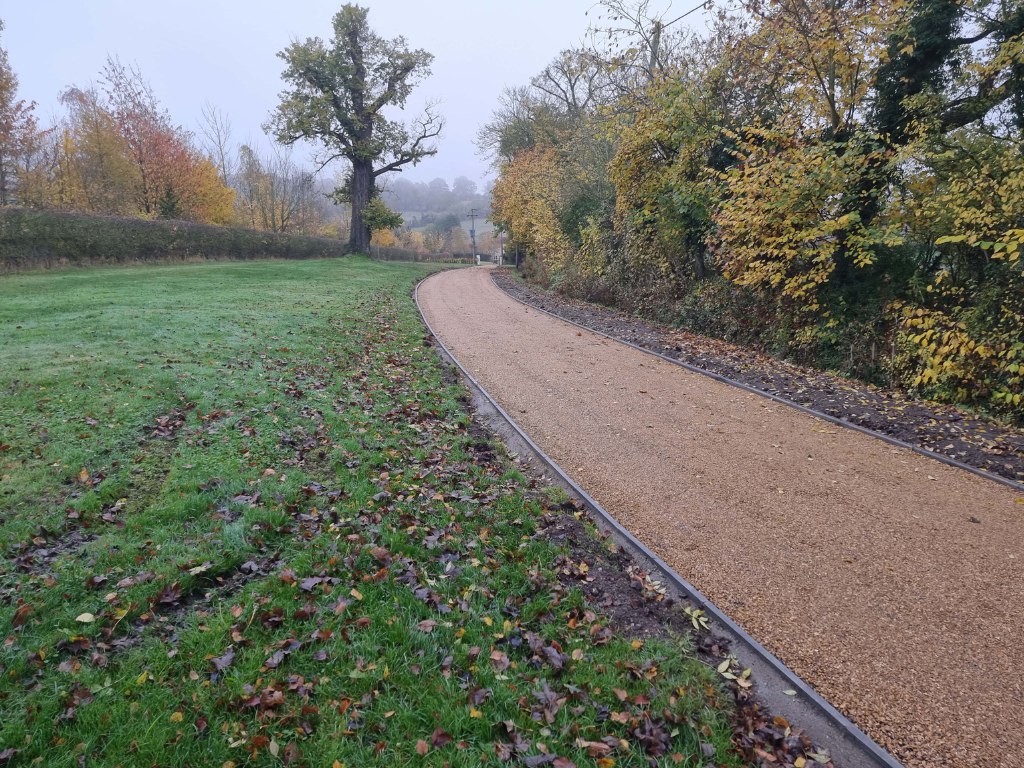How to Stop Block Paving from Sinking Over Time
Block paving is a popular choice for driveways due to its durability, versatility, and visual appeal. However, one common issue that homeowners encounter—especially over time—is sinking or uneven paving. This not only affects the look of your driveway but can also create tripping hazards and drainage problems. At Sittingbourne Driveways, we help property owners across Sittingbourne, Kent prevent and resolve block paving subsidence through expert installation and maintenance.
If you want your driveway to stand the test of time, it’s important to understand why sinking occurs and how to avoid it.
What Causes Block Paving to Sink?
Several factors can contribute to sinking or uneven areas in a block paved driveway:
- Poor ground preparation before installation
- Insufficient or poorly compacted sub-base material
- Excessive water penetration due to poor drainage
- Heavy vehicle use without suitable paving depth or reinforcement
- Tree roots or ground movement
- Washing out of jointing sand, leading to instability
Sinking rarely happens immediately—it develops gradually and often goes unnoticed until the damage becomes visually apparent or functionally problematic.
How to Prevent Block Paving from Sinking
1. Proper Ground Preparation
One of the most important steps in preventing sinking is establishing a solid foundation. At Sittingbourne Driveways, we ensure that all our projects in Sittingbourne, Kent begin with thorough excavation and preparation.
- Excavate to a minimum depth of 200mm–250mm below finished level
- Remove all soft spots and organic material
- Compact the subgrade to provide a stable base
Without proper preparation, even the best paving materials will eventually fail.
2. Use a High-Quality Sub-Base
The sub-base is the layer of crushed stone or Type 1 MOT beneath your paving. It provides structural support and ensures even weight distribution.
- Lay at least 100mm–150mm of compacted sub-base for domestic use
- Use a vibrating plate compactor in layers to ensure full consolidation
- Avoid shortcuts—this is the most critical layer for long-term stability
3. Install a Sharp Sand Bedding Layer Correctly
The bedding layer sits between the sub-base and the block paving.
- Use a sharp, grit sand—not soft building sand
- Maintain a consistent 30–50mm thickness
- Ensure a smooth, level finish without dips or soft spots
- Avoid walking on the sand once it’s screeded
This layer cushions the paving while supporting uniform load-bearing.
4. Ensure Effective Edge Restraints
Edge restraints stop the paving blocks from shifting outwards over time.
- Install solid concrete or kerb edging with haunching for strength
- Keep the perimeter firmly in place to prevent spreading and movement
- Regularly check edging after installation for any signs of loosening
Unsecured edges often lead to creeping and eventual sinking.
5. Allow for Proper Drainage
Water is one of the biggest causes of paving failure. Without proper drainage, water can erode the bedding sand and sub-base.
- Ensure your driveway has a gentle slope for water runoff
- Incorporate drainage channels or soakaways where needed
- Avoid directing downpipes onto the surface—connect them to drainage instead
We assess drainage needs carefully for every installation in Sittingbourne, Kent to prevent future issues.
6. Use the Right Block Type for Load
If your driveway will be used by heavier vehicles, it’s important to select appropriate paving blocks.
- Standard block paving is fine for cars
- Larger or thicker blocks are better for commercial or high-use areas
- Consider reinforced bases for extra durability in heavy-use areas
7. Maintain the Jointing Sand
The kiln-dried sand brushed between the joints of the blocks helps interlock them.
- Reapply jointing sand periodically, especially after power washing or heavy rain
- Use a vibrating plate compactor when topping up to help the sand settle
- This stops lateral movement and keeps the blocks tightly bound
Can Sunken Block Paving Be Repaired?
Yes—sinking doesn’t always mean starting over. At Sittingbourne Driveways, we offer professional block paving repairs in Sittingbourne, Kent. This usually involves:
- Lifting the affected blocks
- Re-levelling and compacting the bedding layer
- Replacing or repairing the sub-base if necessary
- Reinstalling and compacting the blocks
- Re-sanding the joints
Repairs should always be handled by experienced professionals to avoid repeating the same issues.
Why Choose Sittingbourne Driveways?
With years of experience in driveway installation and repair across Sittingbourne, Kent, Sittingbourne Driveways ensures:
- Precise, well-structured installations using quality materials
- Thorough groundwork to prevent sinking or shifting
- Reliable repairs that address the root cause of paving problems
- A friendly, professional team with a commitment to customer satisfaction
We don’t cut corners, because we understand that the key to a long-lasting driveway lies in the foundation.
Conclusion
Sinking block paving is a preventable problem—but only with the right approach to design, materials, and maintenance. From solid sub-base installation to effective drainage and edge support, every stage plays a part in ensuring your driveway remains level and secure. If you’ve noticed uneven areas or want to avoid issues in future, contact Sittingbourne Driveways in Sittingbourne, Kent. Our expert team is here to provide professional advice, quality installation, and reliable repair services that stand the test of time.
Call us on: 01795 905 087
Click here to find out more about Sittingbourne Driveways
Click here to complete our contact form and see how we can help with your driveways.

